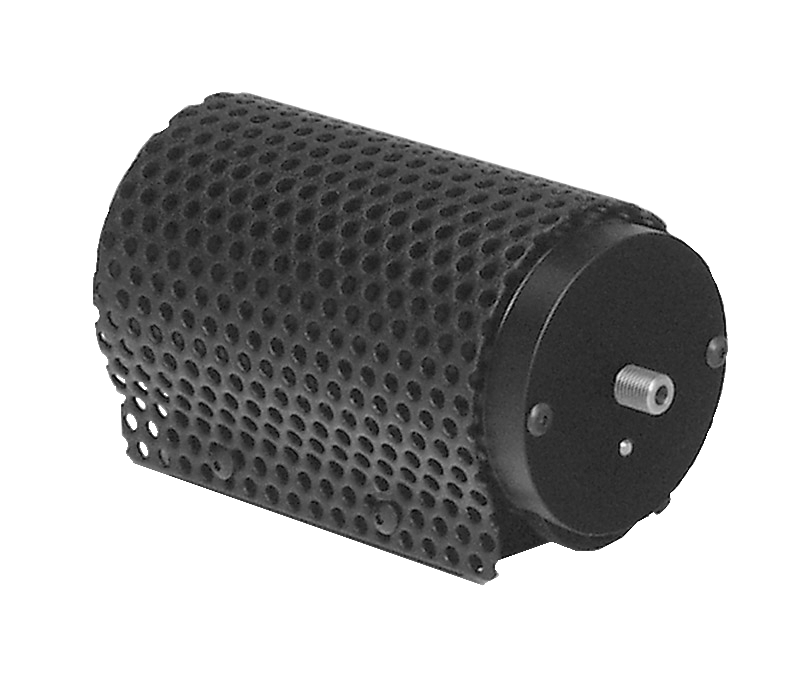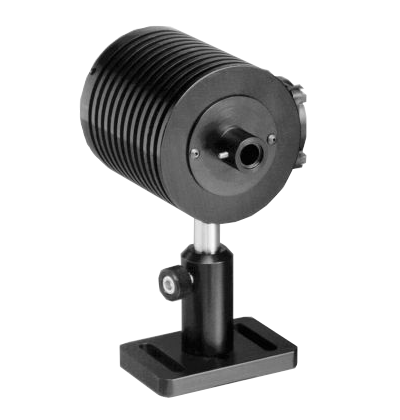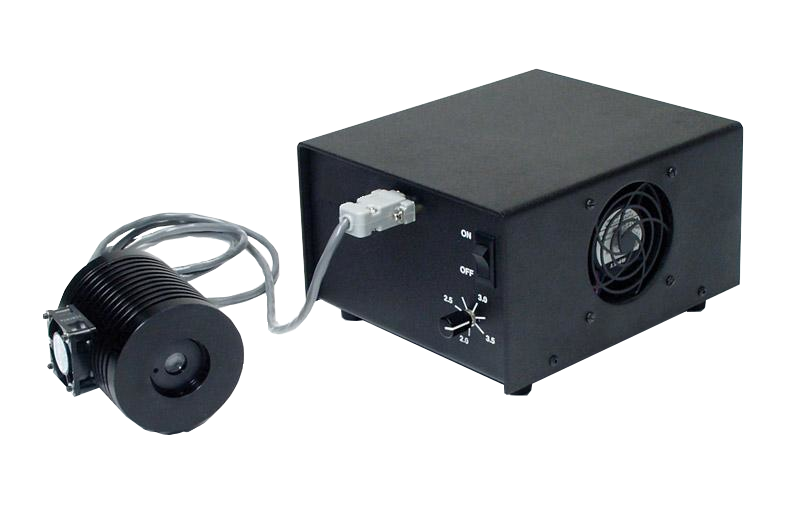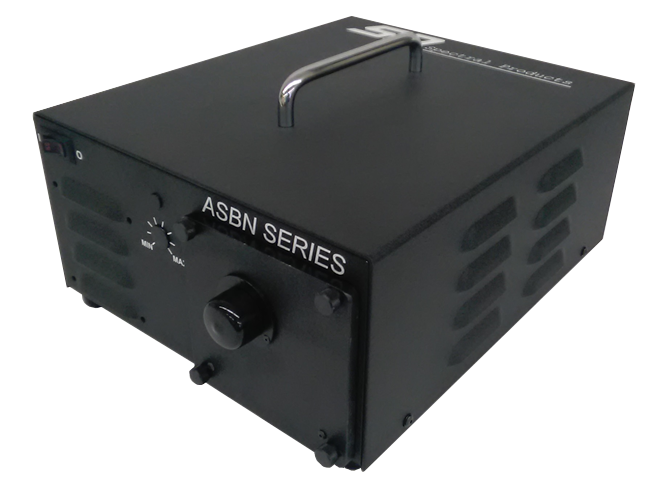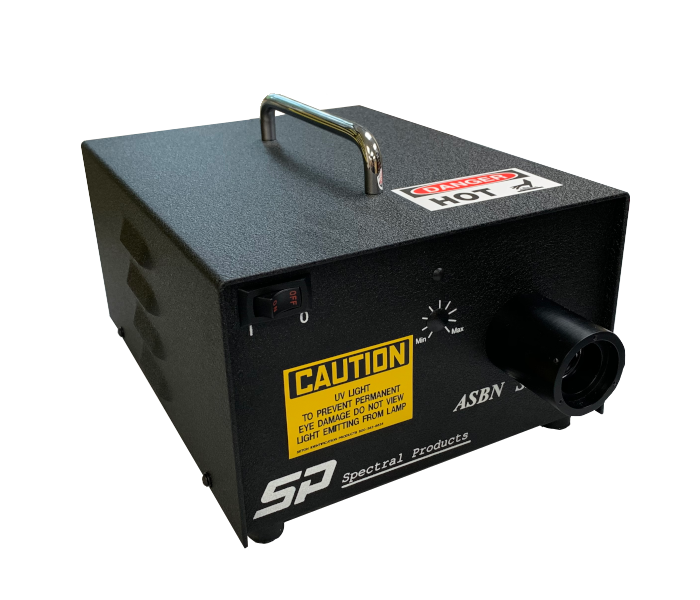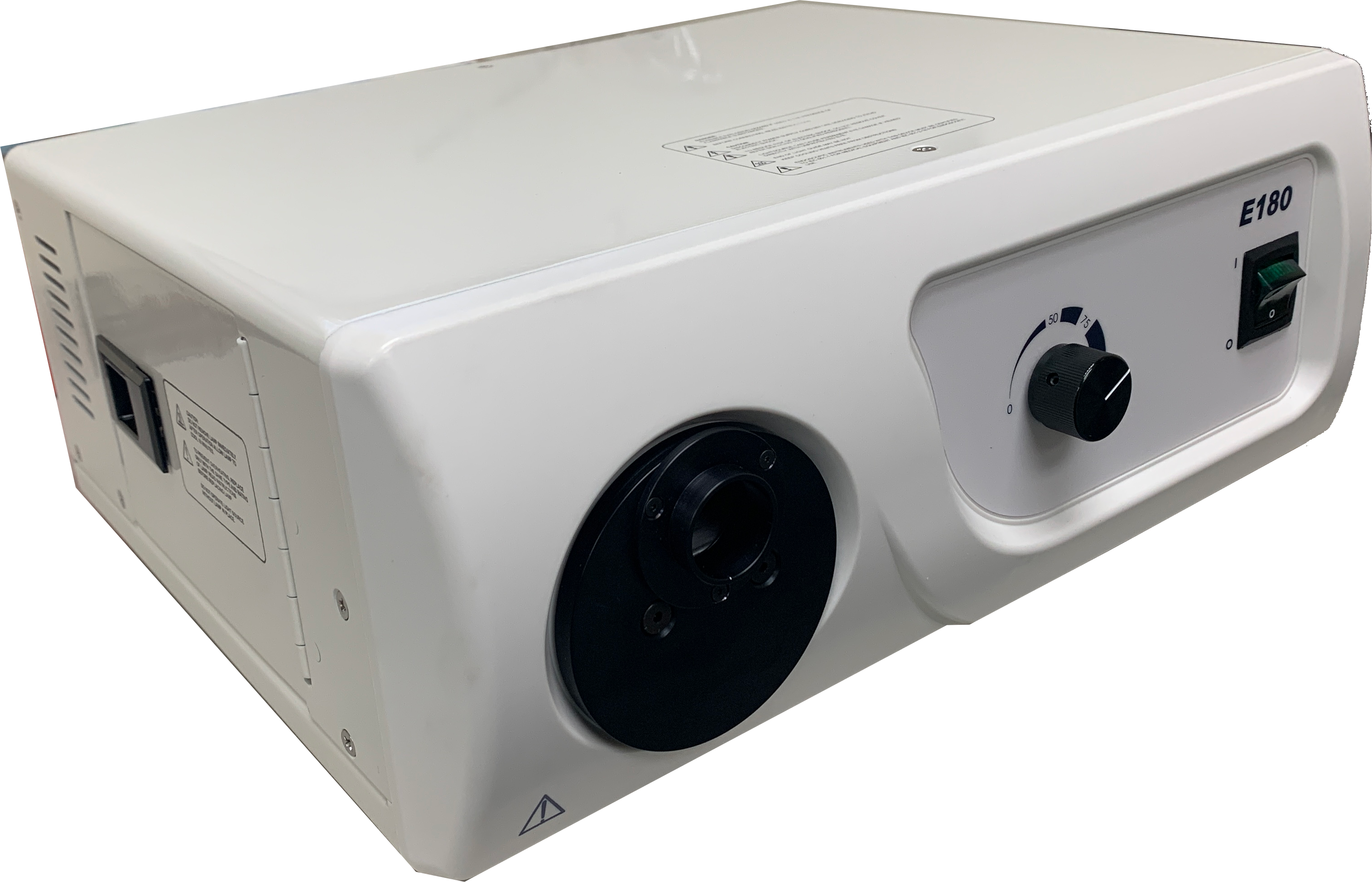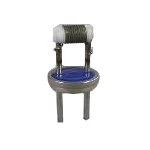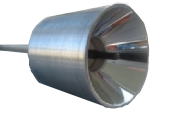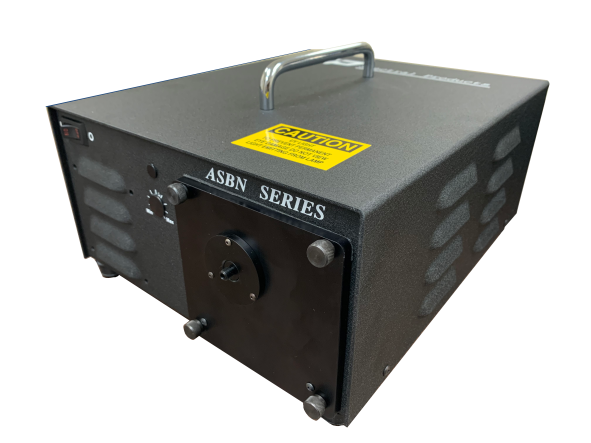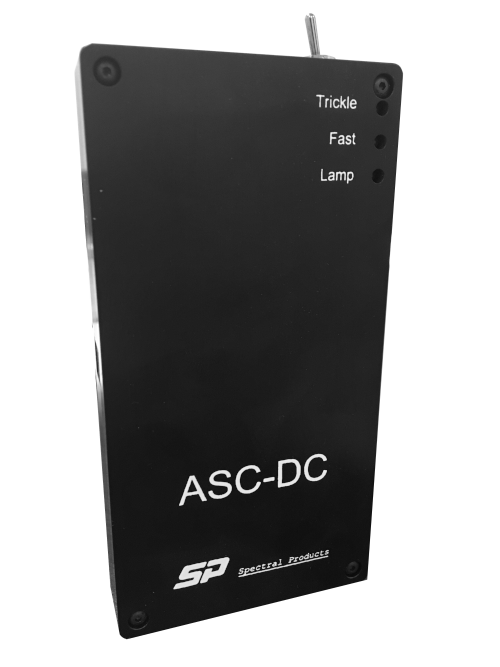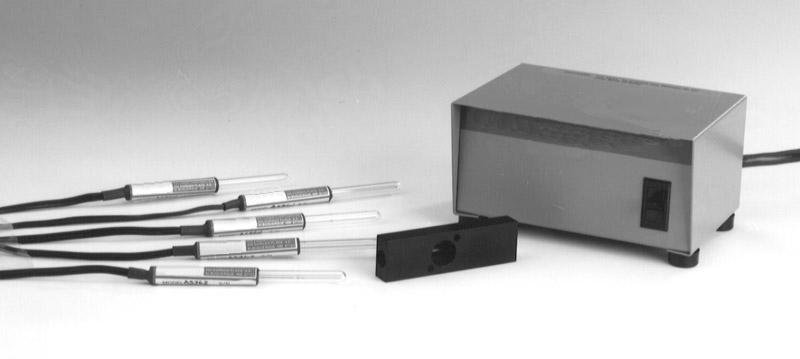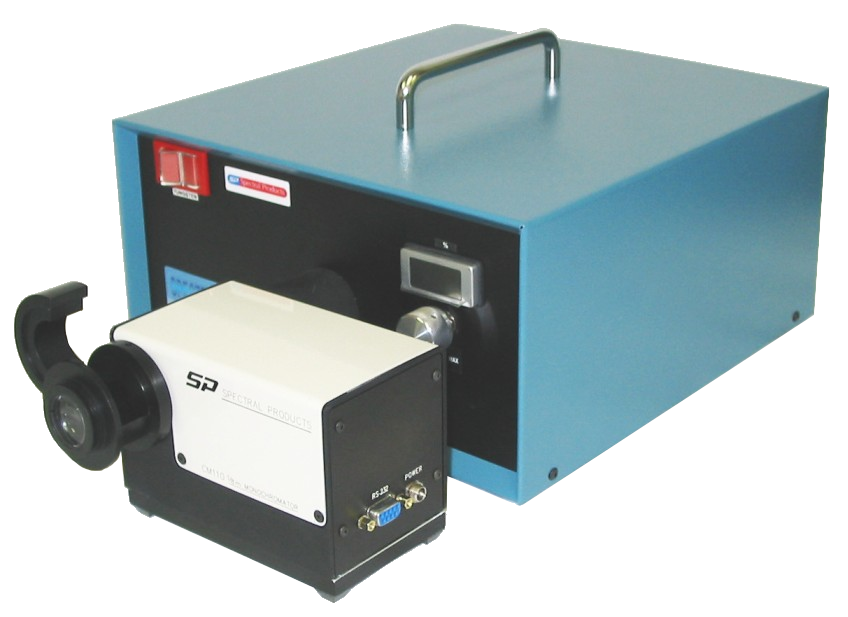Light Sources
Tungsten-Halogen
Light Sources
TH is a general light source for visible and NIR range spectroscopic applications. Tungsten-Halogen lamps are near blackbody sources of light with fused silica envelopes around the tungsten filaments and a small quantity of an active halogen gas such as Bromine. The TH light source provides a very stable and smooth spectral output so it can be applied to spectroscopic measurements (transmittance/reflectance/absorption) and color measurements. The dominant spectrum is from 300nm to 2.6µm depending on the color temperature of each lamp (due to the deep absorption band and the natural transmittance of the fused silica envelopes, the IR range is limited to 2.6µm).
Deuterium
Light Source
D2 is a general light source for UV range spectroscopic applications. D2 lamps produce intense ultraviolet radiation by maintaining a stable electric arc in a deuterium atmosphere. The spectral power distribution of this radiation has a continuous range that extends from 160 to 400 nm (D2 spectrum). This continuous and stable characteristic of the arc makes deuterium lamps the most useful source of UV for analytical instruments, including spectrophotometers, liquid chromatography detectors, medical analyzers, pollution analyzers, colorimeters, and densitometers. Because of the stability and reproducibility of deuterium lamps, they are suitable as secondary calibration standards in the ultraviolet region.
Xenon
Light Source
Xe is a general light source for UV, visible, and NIR range spectroscopic applications. The spectrum curve in the visible range is relatively flat compared to other light sources. The 175W Xe light source (Xe spectrum) is a compact and lightweight high-intensity light source. It is especially suitable as a light source for spectroscopy, microscopy, optical scanning, and industrial uses, as well as for use with SP's popular Digikröm monochromators and spectrographs. According to the bulb type, it can cover ~185-2200nm (dominantly, ~250-1100nm), ~320-2200nm (dominantly, ~320nm-1100nm), and ~400-700nm.
IR Emitters
CFIR is a general light source for IR range spectroscopic applications. The coiled filament operates at approximately 975°C when powered with 11 watts (ASB-IR-12K). The radiating element is a coil of resistance wire which has a high emissivity in the infrared spectral region (1.0µm ~ 30.0µm). The coil is supported on a grooved cylindrical substrate of alumina, resulting in the windings being electrically insulated from each other and this contributes to a more uniform radiating source.

